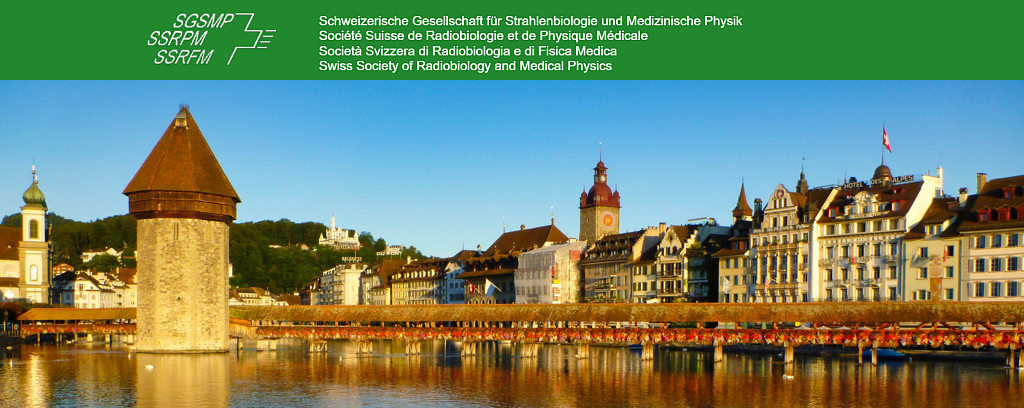Speaker
Description
Purpose: To develop an auto-planning strategy for right-sided breast treatments by adapting the deep learning-based predicted dose from a pre-existing left-sided breast model.
Methods: The procedure was executed in RayStation v12A TPS and applied to early breast cancer treatments delivering 48Gy/42.4Gy in 16 fractions for PTVBoost and PTVBreast, respectively. Initially, the predicted dose was generated for the right-sided patients using the left-sided model, with swapping of both PTVs and OARs from left to right. Subsequently, the predicted dose underwent post-processing to attain an optimal dose distribution. Finally, the post-processed predicted dose was mimicked using a 2 partial-arcs VMAT technique. The post-processing and mimicking parameters were iteratively adjusted to achieve comparable clinical outcomes for eight manually planned tuning cases. Ultimately, the adapted model was validated against twelve new clinical cases through a planning comparison analysis. Auto-plans treatment geometry and segmentation settings were copied from clinical plans.
Results: In the tuning cases, dose prediction closely matched clinical plans for PTVs (within 3%). However, it overestimated the mean dose for both the heart (+9Gy) and the right lung (+4Gy), the maximum dose to the left lung (+6.5Gy), and the right coronary (+8Gy), and underestimated the maximum dose to the left breast (-4.5Gy). The post-processing was used to reduce the predicted dose for these OARs below their corresponding values of clinical plans accounting for the typical dose deterioration occurring after mimicking. As expected, the mimicking process deteriorated the post-processed predicted dose while maintaining plan quality similar to the clinical cases. During model validation, no significant differences were noted between clinical and auto-plans except for a higher left lung maximum dose (+0.8Gy) and a lower right lung mean dose (-1.2Gy) observed in auto-plans compared to clinical plans.
Conclusion: When applied to right-sided patients, the left-sided auto-planning model’s dose prediction required substantial corrections before undergoing mimicking. The post-processing of the predicted dose proved effective in adapting the dose. The auto-planning strategy for right-sided breast treatments was successfully implemented, yielding dose distributions of comparable clinical quality.

